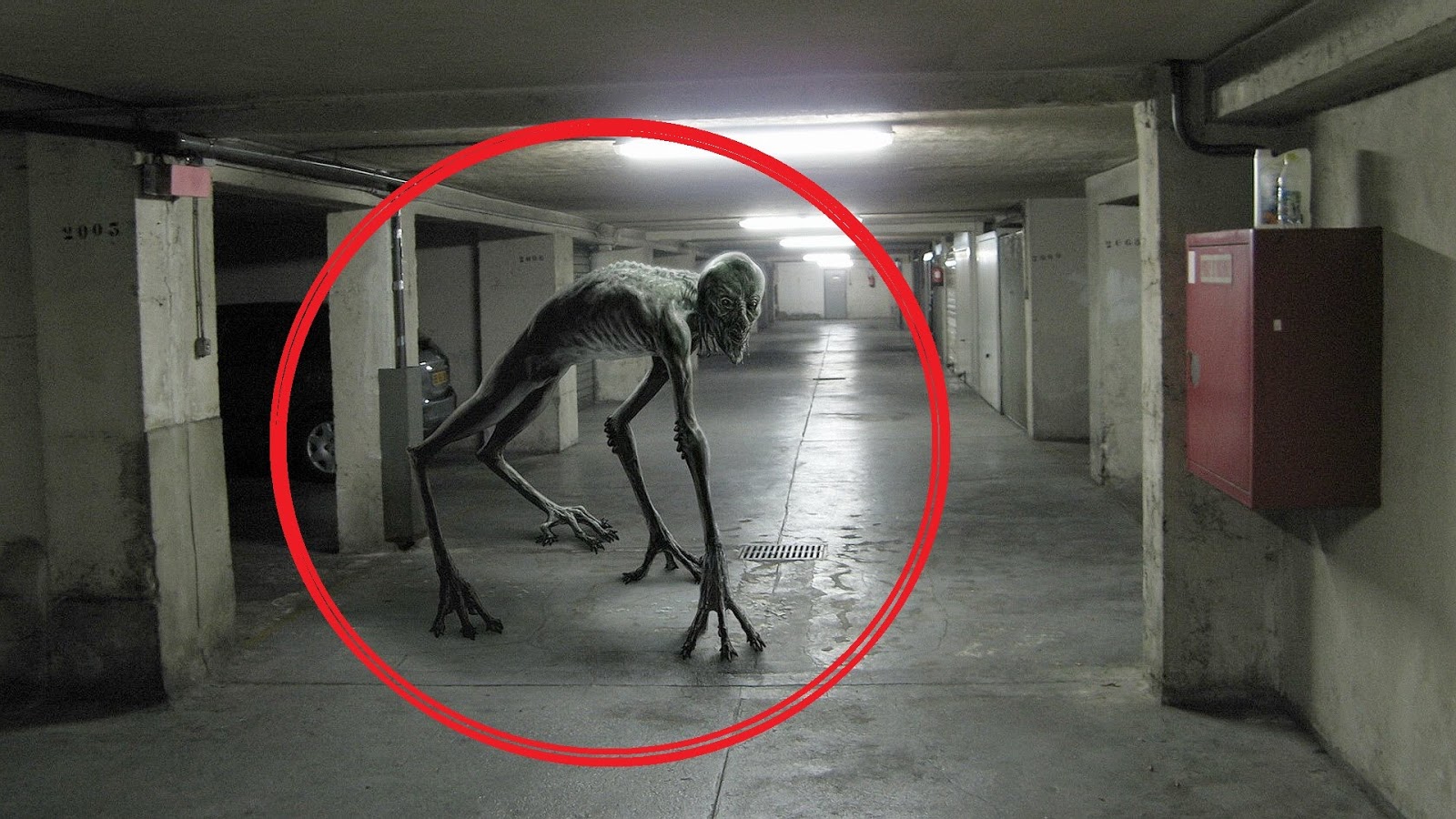The World's Most Scariest Thing: Exploring Our Deepest Fears
Fear is a primal emotion that has shaped human existence for centuries, and when we talk about the world's most scariest thing, we tap into an intricate web of personal experiences, cultural beliefs, and psychological phenomena. Understanding what scares us the most not only helps us confront our own fears but also sheds light on the human condition itself. In this article, we delve into various aspects of fear, exploring its roots, manifestations, and the ways it has been portrayed in society.
From terrifying creatures lurking in the shadows to existential threats that loom large over humanity, the concept of fear encompasses a vast spectrum. What is it that triggers our most intense reactions? This question has been asked by psychologists, filmmakers, and storytellers alike. By analyzing the scariest things in the world, we can gain insights into our psyche and what it means to be human.
Join us on this journey as we explore the world's most scariest thing through different lenses, including psychological theories, cultural interpretations, and real-life experiences. By the end of this article, you will not only understand fear better but also appreciate the complexity and depth of this fundamental human experience.
Table of Contents
- Defining Fear
- Psychological Aspects of Fear
- Cultural Interpretations of Fear
- Real-Life Scary Experiences
- The Scariest Creatures on Earth
- Existential Fears and Modern Society
- Fear in Media and Entertainment
- Overcoming Fear: Strategies and Tips
Defining Fear
Fear can be defined as an emotional response to perceived threats or danger. It is a complex system that involves several components, including physiological reactions, behavioral responses, and cognitive processes. Here are some key points regarding fear:
- Fear is an innate response that has evolved to protect humans from harm.
- Different people may react differently to the same fear-inducing stimulus.
- Fear can be learned or conditioned through experiences.
Psychological Aspects of Fear
To understand the world's most scariest thing, we must first explore the psychological aspects of fear. A few psychological theories shed light on why we experience fear:
1. The Fight or Flight Response
When faced with danger, our body triggers a 'fight or flight' response, which prepares us to either confront the threat or escape from it. This response involves the release of adrenaline and other hormones that heighten our senses and increase our physical capabilities.
2. Fear Conditioning
Fear conditioning is a process where individuals learn to associate a neutral stimulus with a frightening event. This can lead to phobias or irrational fears, which can significantly impact daily life.
Cultural Interpretations of Fear
Different cultures have unique interpretations of fear, often influenced by folklore, mythology, and societal norms. Here are a few examples:
- In many Western cultures, fear of the unknown is prevalent, often depicted in horror films and literature.
- In some Eastern cultures, spirits and supernatural beings are feared, leading to rituals and traditions aimed at appeasing them.
Real-Life Scary Experiences
Real-life experiences can often be more terrifying than any fictional horror story. Some of the most common real-life fears include:
- Fear of heights (acrophobia)
- Fear of public speaking (glossophobia)
- Fear of spiders (arachnophobia)
The Scariest Creatures on Earth
Nature has equipped various creatures with adaptations that can elicit fear in humans. Here are some of the scariest creatures known to man:
- Great White Shark: Known for its powerful bite and predatory behavior.
- Box Jellyfish: One of the most venomous creatures in the world.
- Komodo Dragon: A large lizard with a bite that can be fatal.
Existential Fears and Modern Society
In today's world, existential fears such as climate change, pandemics, and technological advancements often overshadow traditional fears. These fears can lead to anxiety and impact mental health:
- Fear of losing control over technology.
- Fear of environmental collapse.
- Fear of societal collapse or unrest.
Fear in Media and Entertainment
Media has played a significant role in shaping our perceptions of fear. Horror films, books, and video games often exploit our fears to create thrilling experiences. Here are some notable mentions:
- The "Jaws" phenomenon: Instilled fear of sharks worldwide.
- Stephen King's novels: Explored various aspects of fear through psychological horror.
- Survival horror video games: Engage players in fear-inducing scenarios.
Overcoming Fear: Strategies and Tips
Facing fears can be a daunting task, but there are several strategies that can help individuals overcome their fears:
- Gradual exposure to the fear source.
- Deep breathing and relaxation techniques.
- Cognitive-behavioral therapy (CBT) for phobias.
Conclusion
Throughout this exploration of the world's most scariest thing, we've uncovered the intricate layers of fear that permeate human existence. From psychological theories to cultural interpretations, fear is a multifaceted emotion that shapes our lives in profound ways. By understanding and confronting our fears, we can navigate through life with greater resilience and confidence.
We invite you to share your thoughts on fear and its manifestations in your life. What do you find to be the scariest thing in the world? Leave a comment below, and don't forget to share this article with others who might find it enlightening!
Penutup
Thank you for joining us on this journey into the world of fear. We hope this article has provided you with valuable insights and a deeper understanding of what scares us. We look forward to seeing you back on our site for more engaging content!
Canelo Alvarez Age: A Comprehensive Look At The Life And Career Of A Boxing Champion
Understanding The National Youth Service Corps: Empowering Nigeria's Youth
Hot Movie Actresses: A Comprehensive Look At The Leading Ladies Of Film


